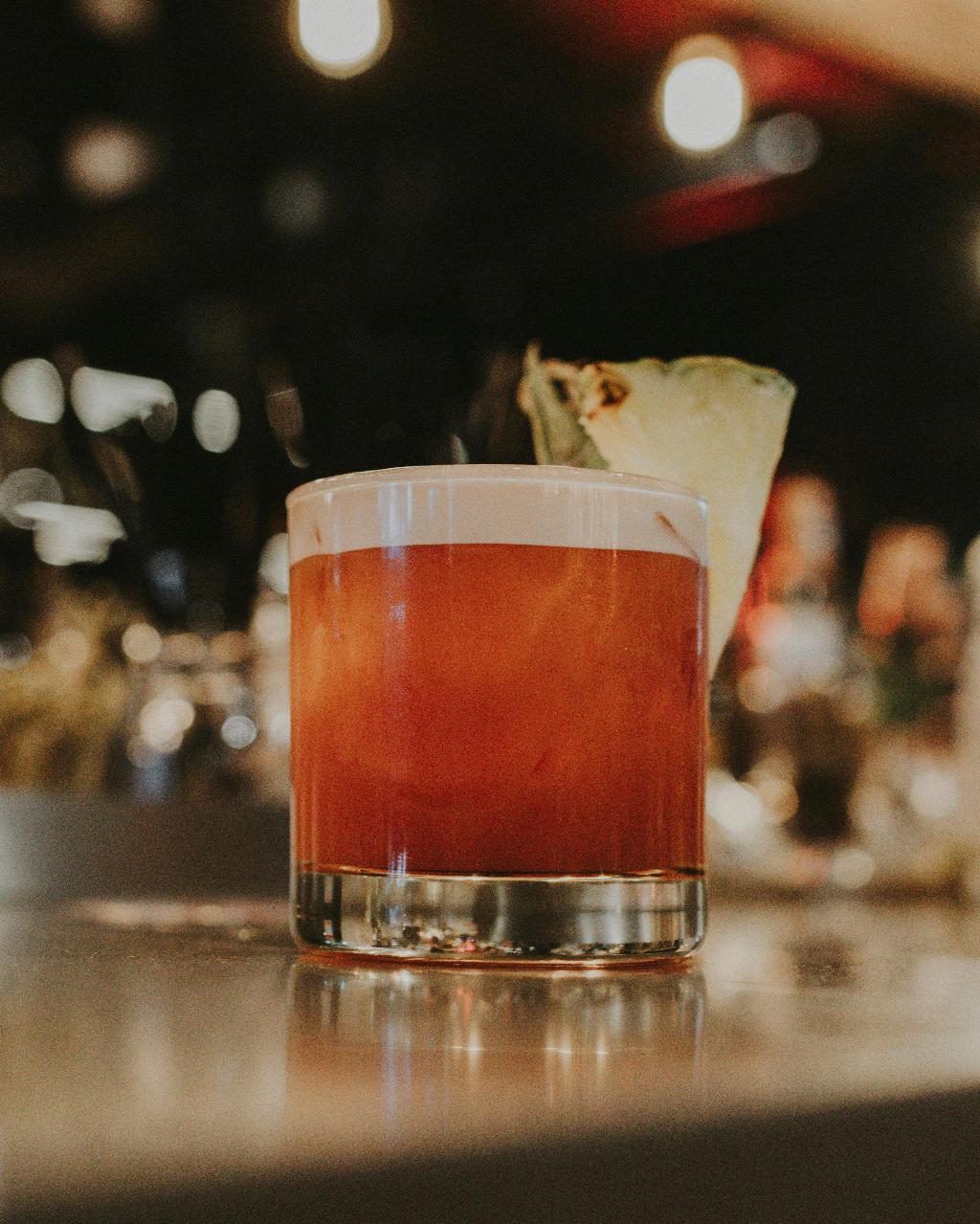When it comes to the craftsmanship behind a perfectly aged whiskey, the construction of the barrel plays a significant role in shaping the flavor and character of the spirit. So, let’s dive into the fascinating world of whiskey barrels and uncover the details about the number of staves that make up these iconic vessels.
The Anatomy of a Whiskey Barrel
Before venturing into the specifics, let’s familiarize ourselves with the anatomy of a whiskey barrel. A standard barrel used for aging whiskey usually has a capacity of around 200 liters, which equates to approximately 53 gallons of liquid gold.
The Staves: Essential Building Blocks
When it comes to staves, these are the crucial components that form the sides of a whiskey barrel. These elongated wooden pieces are meticulously arranged to create the sturdy structure that can withstand the rigors of aging.
The Magic Number: Determining the Count
Now, let’s address the main question at hand – how many staves can be found in a whiskey barrel? On average, you can expect to find around 31 to 33 staves in a standard-sized whiskey barrel. It’s important to note that this number may vary slightly depending on the cooperage and the specific barrel manufacturer.
The Role of Hoops and Rivets
While staves form the foundation of the barrel, they are not alone in holding everything together. Alongside the staves, you will find six steel hoops encircling the barrel, securing it tightly. These hoops play a vital role in maintaining the integrity of the barrel during the aging process.
In addition to the hoops, there are twelve rivets that further reinforce the structure, ensuring that the barrel remains intact as it undergoes the transformation from raw whiskey to a refined spirit.
The Precision of Barrel Construction
The process of assembling a whiskey barrel requires great skill and precision. Each stave is carefully hand-selected, shaped, and positioned to create a tight-fitting structure. The cooper, or barrel maker, must ensure that the staves are slightly curved, allowing for expansion and contraction as the whiskey matures.
The Impact on Whiskey Flavor
Now, you might be wondering: why does the number of staves even matter? Well, the number of staves in a barrel can influence the overall flavor profile of the whiskey. With fewer staves, the whiskey has a larger surface area for interaction with the wood, leading to more pronounced oak flavors. On the other hand, a barrel with more staves may result in a mellower, nuanced whiskey character.

In Conclusion
So, the next time you raise a glass of your favorite whiskey, take a moment to appreciate the artistry that goes into crafting the barrel it was aged in. With an average of 31 to 33 staves, each cooper ensures that every barrel is a masterpiece, contributing to the unique flavors and aromas that make whiskey truly exceptional.
